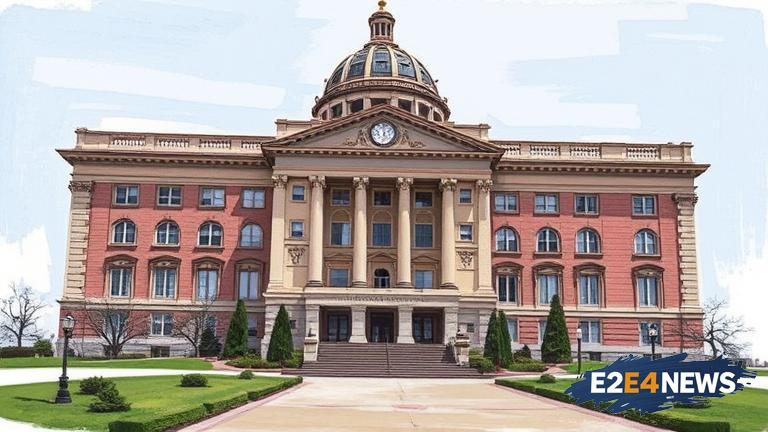A South Dakota legislative committee has made the decision to cut benefits for needy families, a move that has been met with criticism from advocates for the poor. The committee’s decision is part of a larger effort to reform the state’s welfare system, with the goal of reducing dependence on government assistance. However, opponents of the plan argue that it will only serve to further marginalize already vulnerable populations. The benefit cuts are expected to affect thousands of low-income families across the state, who rely on government assistance to make ends meet. Many of these families are already struggling to access basic necessities like food, housing, and healthcare. The cuts are likely to exacerbate these problems, leaving families without a safety net. The legislative committee’s decision has been criticized by advocacy groups, who argue that it is misguided and will only serve to increase poverty and inequality in the state. They point out that the current welfare system is already inadequate, and that cutting benefits will only make it more difficult for families to escape poverty. Furthermore, the cuts are expected to have a disproportionate impact on certain communities, including minorities and rural residents. These groups already face significant barriers to accessing resources and services, and the benefit cuts will only serve to widen the gap. The committee’s decision has also been criticized for being based on flawed assumptions about the causes of poverty and the effectiveness of welfare programs. Many experts argue that poverty is a complex issue that cannot be solved simply by cutting benefits, and that a more comprehensive approach is needed. Despite these criticisms, the legislative committee has pushed forward with the plan, arguing that it is necessary to reduce the state’s budget deficit. However, opponents argue that the cuts will ultimately cost the state more in the long run, as families are forced to rely on more expensive forms of assistance, such as emergency services and hospitals. The benefit cuts are expected to go into effect in the coming months, leaving many families to wonder how they will make ends meet. As the state moves forward with the plan, it remains to be seen what the ultimate impact will be on needy families and the broader community. The decision has sparked a heated debate about the role of government in supporting vulnerable populations, and the need for a more comprehensive approach to addressing poverty and inequality. In the meantime, advocacy groups are urging the state to reconsider the plan and work towards finding more effective solutions to supporting low-income families.
